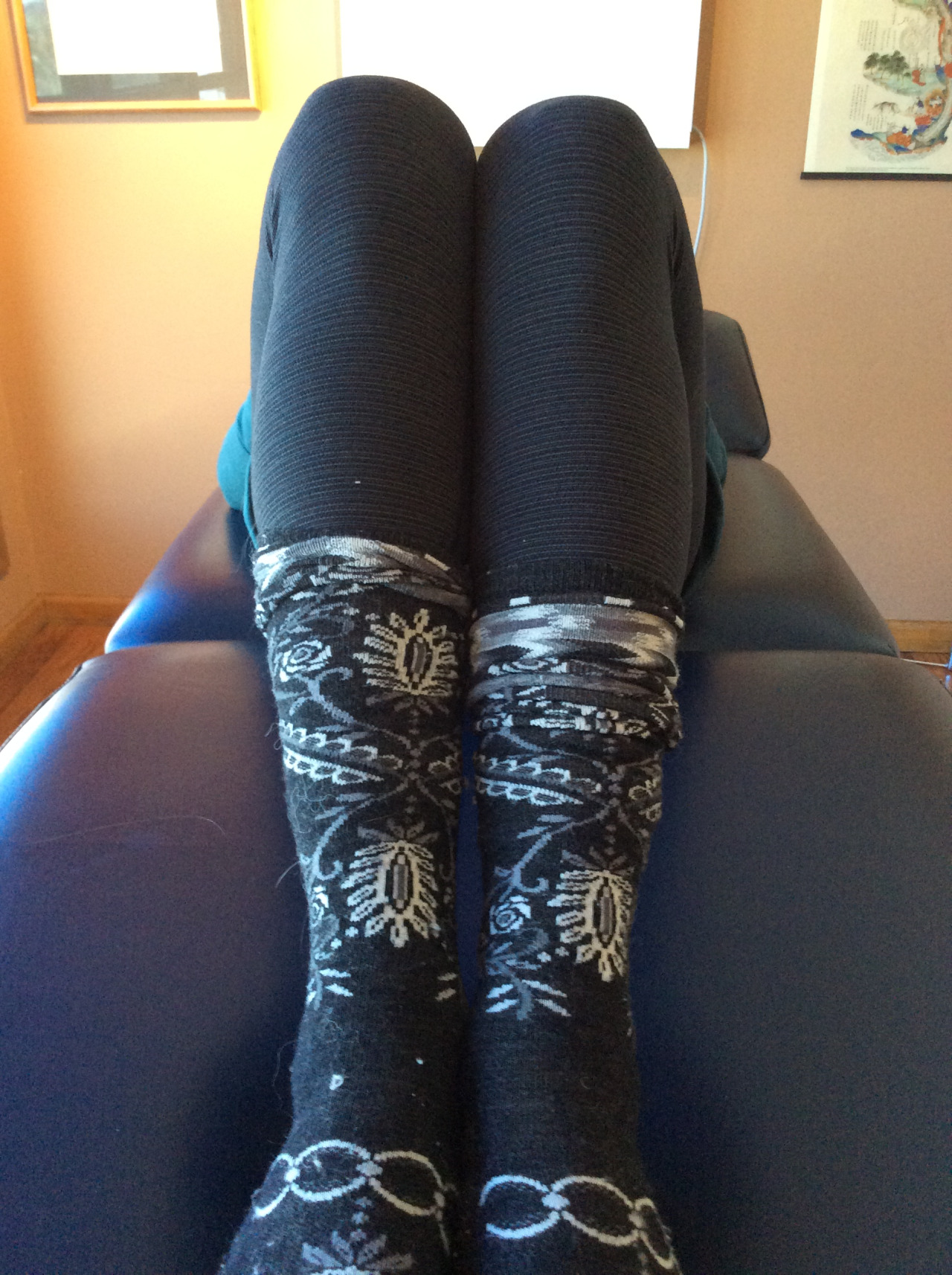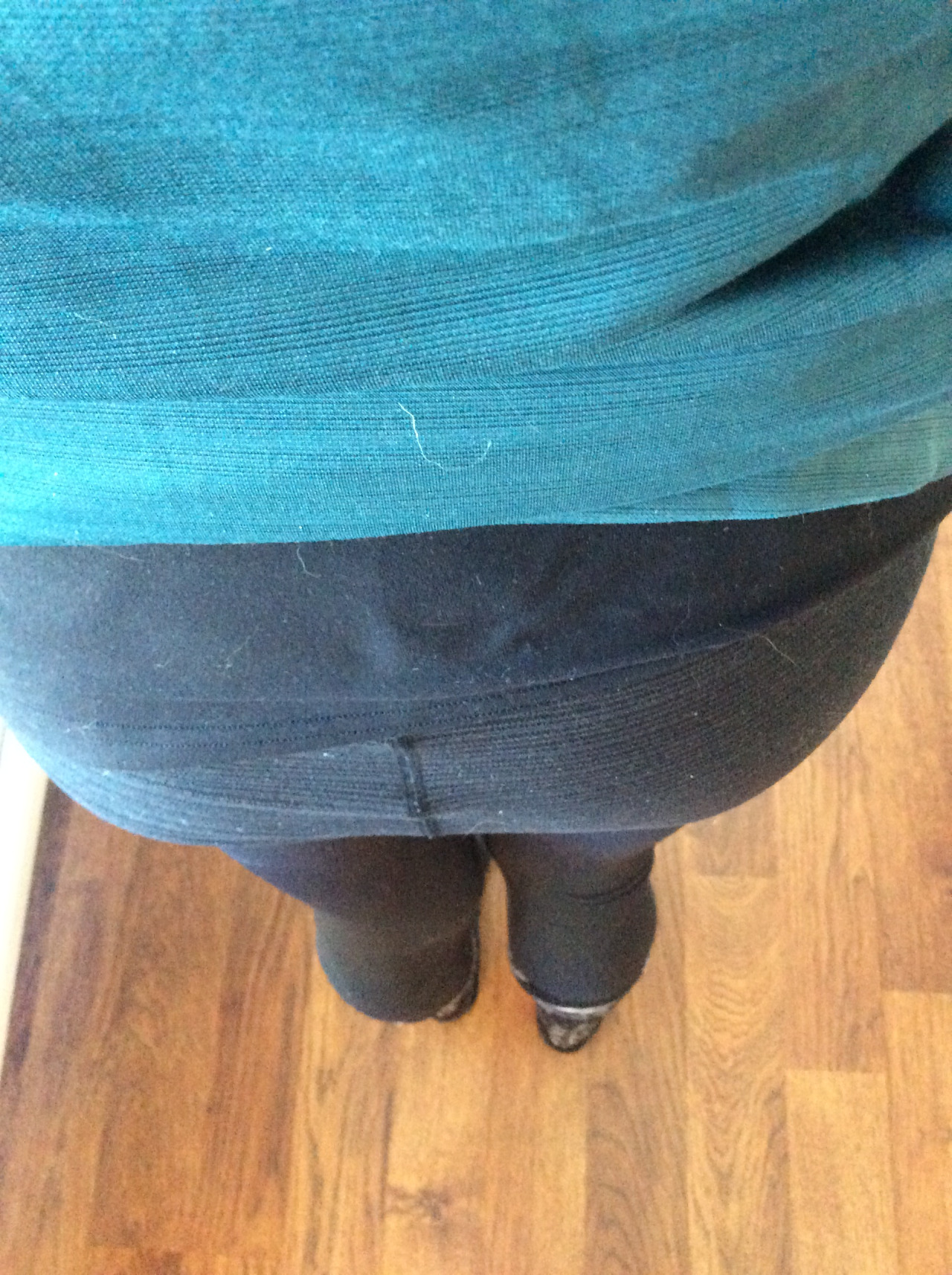Pod 102: Thermic adaptation & Gait/Running.
/Podcast 102: Thermic adaptation, gait, running, odometer neurons, your brain’s GPS, rehab for cartilage, plantar fascitis and more.
Show Sponsors:
Softscience.com
Other Gait Guys stuff
A. Podcast links:
direct download URL: http://traffic.libsyn.com/thegaitguys/pod_102ff.mp3
permalink URL: http://thegaitguys.libsyn.com/podcast-102-thermic-adaptation
B. iTunes link:
https://itunes.apple.com/us/podcast/the-gait-guys-podcast/id559864138
C. Gait Guys online /download store (National Shoe Fit Certification & more !)
http://store.payloadz.com/results/results.aspx?m=80204
D. other web based Gait Guys lectures:
Monthly lectures at : www.onlinece.com type in Dr. Waerlop or Dr. Allen, ”Biomechanics”
-Our Book: Pedographs and Gait Analysis and Clinical Case Studies
Electronic copies available here:
-Amazon/Kindle:
http://www.amazon.com/Pedographs-Gait-Analysis-Clinical-Studies-ebook/dp/B00AC18M3E
-Barnes and Noble / Nook Reader:
http://www.barnesandnoble.com/w/pedographs-and-gait-analysis-ivo-waerlop-and-shawn-allen/1112754833?ean=9781466953895
https://itunes.apple.com/us/book/pedographs-and-gait-analysis/id554516085?mt=11
-Hardcopy available from our publisher:
http://bookstore.trafford.com/Products/SKU-000155825/Pedographs-and-Gait-Analysis.aspx
Show Notes:
‘Odometer neurons’ encode distance traveled and elapsed time
http://www.eurekalert.org/pub_releases/2015-11/cp-ne102815.php#.Vj5xCP01e5w.facebook
Our GPS loss
http://www.fastcoexist.com/3053172/these-beautiful-mental-maps-of-cities-help-your-brain-regain-what-it-has-lost-to-gps?partner=superfeed
Athletic adjustments to the heat http://www.runnersworld.com/sweat-science/how-long-does-it-take-to-adjust-to-heat
Hyperthermic conditioning http://fourhourworkweek.com/2014/04/10/saunas-hyperthermic-conditioning-2/
The newest craze? or a temp fad ? http://sproingsport.com
Muscle strength in Plantar fascitis http://www.runresearchjunkie.com/intrinsic-muscle-strength-in-plantar-fasciitis/
Intrinsic foot muscle volume in experienced runners with and without chronic plantar fasciitis
RTH Cheung, L.Y. Sze, N.W. Mok, G.Y.F. Ng
Journal of Science and Medicine in Sport ; Article in Press
What does stretching do to a joint ?http://www.greglehman.ca/2015/11/11/what-does-stretching-do-to-a-joint-we-really-have-no-idea-part-i/
Rehabing cartilage ?
http://www.thestudentphysicaltherapist.com/home/rehabing-cartilage-defects
Music piece: why you need good earphones to run with.
http://www.openculture.com/2015/10/the-neuroscience-of-bass-new-study-explains-why-bass-instruments-are-fundamental-to-music.html






































